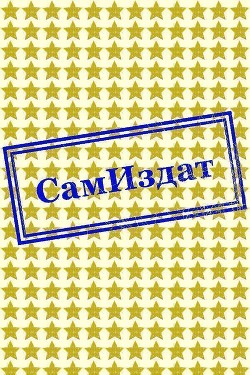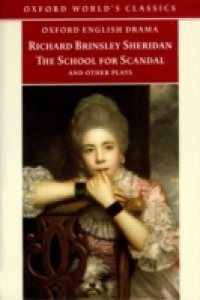Brief Psychoanalytic Child Therapy (PaCT) comprises 20-25 psychotherapeutic sessions conducted in alternating settings (parent-child together, child and parent, individually). During these sessions, therapist, parent, and child seek to identify and modify the core conflictual theme underlying the relationship, which we term the "Triangle of Psychodynamic constellations" (ToP).Despite the challenges of manualizing psychodynamic treatments without purging them of their complexity, we have sought to create PaCT in manual form. We thus hope to ease the application and accessibility of psychonanalytic treatments for a greater range of settings (e.g. utility for trainees) as well as help systematically evaluate the treatment's outcome in controlled trials. Our treatment approach is rooted in the assumption that children with affective disorders fail to express their aggressive impulses interpersonally in their primary caregiver-relationships, but instead turn them inwards against the self. This induces an intrapsychic conflict whereby the object is spared, at the expense of (persecution of) the self, thereby disrupting the latter's developmental progress. We invoke both early models of depressogenesis by Karl Abraham, Sigmund Freud and Sandor Rado, stressing the role of object-loss, dismay, and ensuing anger, as well as more recent complementary formulations, such as that of Mentzos (2006) spanning the three conflictual areas of "real and psychic object loss", "turning of the aggression against the self" and the "disruption of narcissistic regulation". Likewise, Blatt's (1974, 2005) theory on adult depression (anaclitic vs. introjective) is embedded within the approach, which suggests that depression may signify either conflictual or structural aetiologies.














